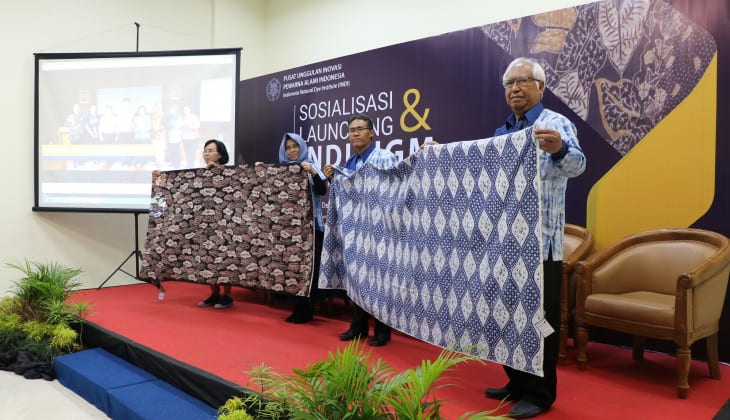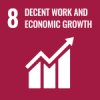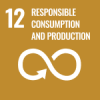
Rector of Universitas Gadjah Mada (UGM), Prof. Ir. Panut Mulyono, M.Eng., D.Eng., IPU, ASEAN Eng, launched the Indonesia Natural Dye Institute (INDI) as a Center for Innovative Excellence of Indonesia’s Natural Dye.
INDI will serve as a reference for education, research, and development of natural dye in Indonesia. INDI will facilitate management and development of natural dye more systematically and efficiently. It will run training and research, produce and promote natural dyes and organize researchers, activists, producers, and users of natural dye.
The Rector in his remarks expected INDI to contribute to the development of technology in this field which can eventually contribute to the country’s economic growth.
“UGM is a comprehensive university with many study programs or fields of study, which is an advantage as the community can benefit from it,” he said in GSP UGM on Tuesday (10/12) during socialization and launching of INDI.
He explained the presence of INDI, is not just to produce research and technology development but contribute directly to economic development. INDI is expected to play that role because Indonesia has the third largest biodiversity in the world.
“For example, dyes have been recognized by UNESCO as a world heritage. This will continue to grow, that’s where dyes are needed. The world will know how we protect the environment and contribute to advancing the economy and industry by choosing natural dyes,” he said.
Vice-Rector for Research and Community Service, drg. Ika Dewi Ana, M.Kes., Ph.D., said that research into Indonesia’s natural dye at UGM is a futuristic potential as it can reveal more deeply about the culture and philosophy of Indonesia.
“Also, we will be able to develop new technologies for the future. For example, how to make the dye stable, seek the right concentration for each dye, and strive for intensity of the colors,” she said.
INDI coordinator, Dr. Ir. Edia Rahayuningsih, M.S, added that natural dyes can be applied to textiles, foods, and other products. The application of natural dyes is considered prospective due to the ban in synthetic coloring. In addition, global community awareness to return to nature has increased. Meanwhile, Indonesia itself still imports synthetic dyes in a large amount.
“Craft makers said that 80-90 percent of Indonesian craft makers still use naphthol which is actually already banned. On the other hand, Indonesia is rich in natural resources that are underused,” she said.
Source: https://ugm.ac.id/id/berita/18835-indi-pusat-unggulan-inovasi-pewarna-alami-indonesia



